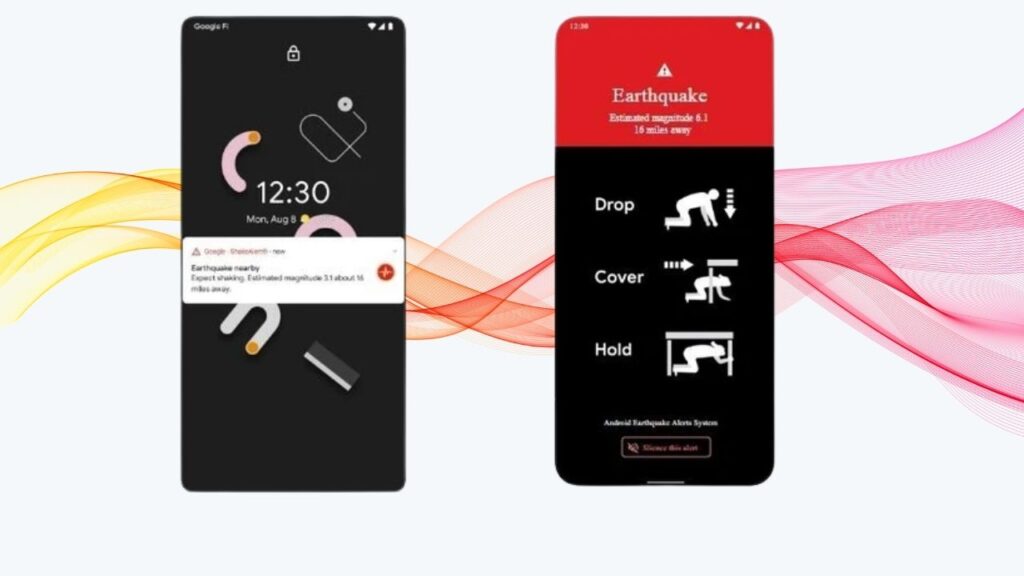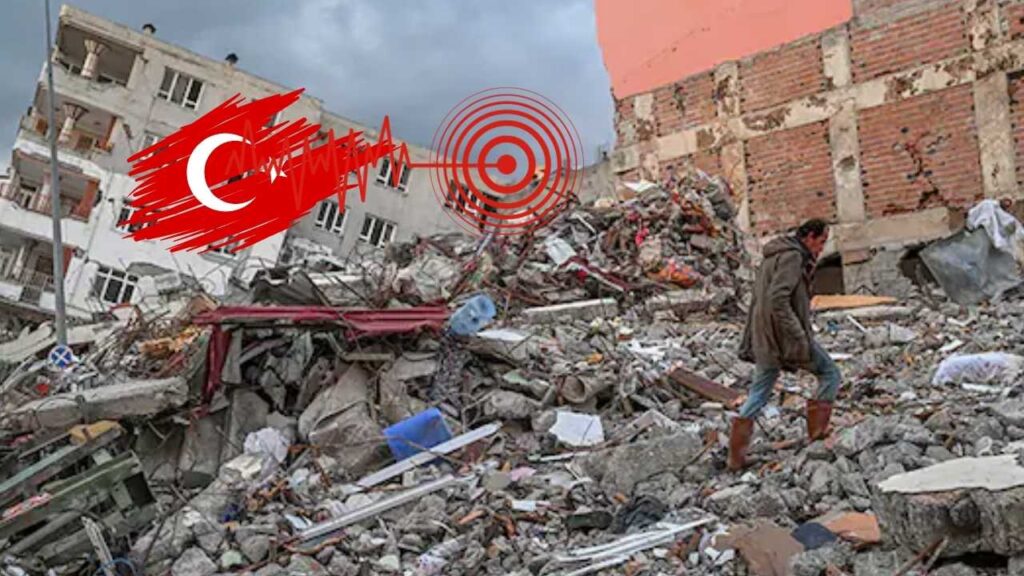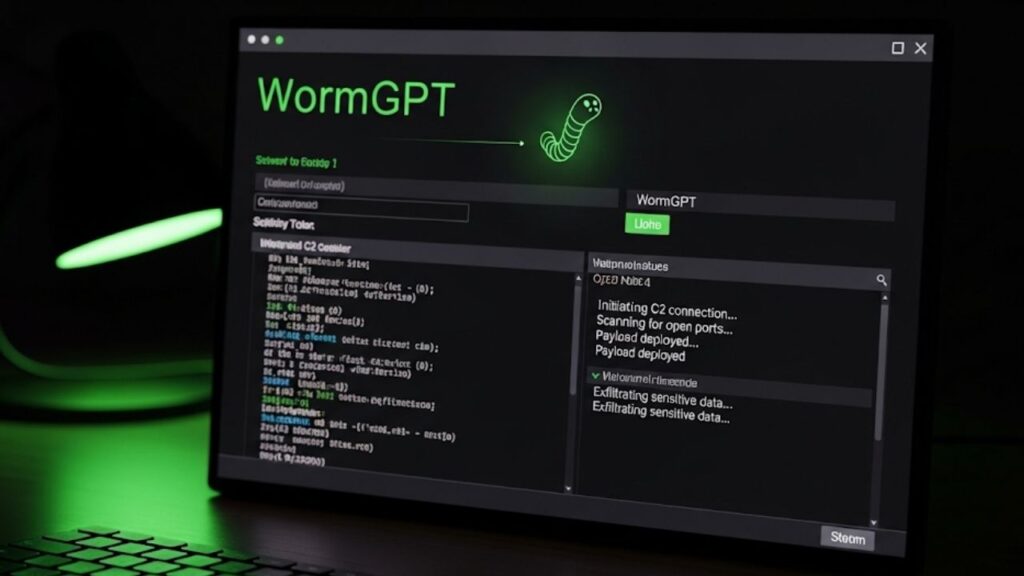On February 6, 2023, a powerful earthquake struck southeastern Turkey and northern Syria, causing an unprecedented humanitarian disaster. Amidst the shock and destruction, many expected digital safety nets to provide precious seconds of warning, but Google’s Android Earthquake Alerts System failed to deliver urgent alerts to the vast majority of those affected. This failure not only raised serious questions about the reliability of digital early-warning systems but also emphasized the need for continued technological improvements and personal preparedness. This article takes a deep dive into what happened, explains how the system works, offers practical safety tips, and explores what’s next in the world of earthquake alerts.

Table of Contents
Google Admits Android Earthquake Alerts System Failed During Deadly 2023 Turkey Earthquake
| Topic | Details & Data |
|---|---|
| Date of Incident | February 6, 2023 |
| Magnitude | 7.8 and 7.7 on the Richter scale |
| Casualties | Over 55,000 deaths in Turkey; 8,000+ in Syria |
| Android Alert Reach | Only 469 urgent “Take Action” alerts sent; potential reach to 10 million users within 98 miles of epicenter |
| System Failure Cause | Detection algorithm underestimated earthquake strength, causing most users to get lower-priority alerts |
| Android User Base in Turkey | Over 70% of phones use Android |
| Global Coverage | Android Earthquake Alerts system active in nearly 100 countries, with over 790 million alerts sent |
| Official Source | Google Crisis Response – Android Earthquake Alerts |
The 2023 Turkey earthquake revealed the challenges and critical importance of digital early warning systems. While Google’s Android Earthquake Alerts system faltered during one of the deadliest quakes of this century, it remains a groundbreaking technology with the potential to save lives globally. The failure underscored the urgent need for continuous technology upgrades, widespread public education, and personal preparedness. By combining improved algorithms, collaboration with scientific authorities, and individual readiness, we can enhance earthquake safety worldwide.
What Is the Android Earthquake Alerts System?
The Android Earthquake Alerts System (AEA) is a pioneering tool developed by Google to leverage the motion sensors inside Android devices as a vast network of mini seismometers. When phones detect unusual shaking signals simultaneously in the same area, Google’s servers analyze the data to determine whether an earthquake is occurring and estimate its strength and location.

If a significant earthquake is detected, the system sends a warning alert to Android users nearby, often providing critical seconds — sometimes up to 30 or more — before the strong shaking reaches them. These extra moments can make the difference by allowing people to duck under sturdy furniture, safeguard vulnerable family members, or halt risky activities.
The alerts come in two levels:
- Be Aware Alerts: For mild shaking, a simple notification is sent which does not override silent phone modes.
- Take Action Alerts: For strong shaking, a loud full-screen message with alarms that override silent or Do Not Disturb settings is issued to urgently notify users.
What Went Wrong During the 2023 Turkey Earthquake?
On the early morning of February 6, 2023, a 7.8-magnitude earthquake devastated southeastern Turkey and neighboring Syria, followed by another strong 7.7 quake hours later. The tragic toll was staggering: over 55,000 lives lost in Turkey alone and thousands more injured. Millions of people were caught unprepared and asleep during the shaking.

Despite nearly 80% of phones in Turkey running on Android, Google’s system delivered only 469 full “Take Action” alerts to users near the epicenter, far fewer than expected. Meanwhile, some 500,000 received the weaker “Be Aware” alerts, which did not produce loud alarms or bypass do-not-disturb settings, meaning most remained uninformed until the shaking hit.
According to Google, the cause was an underestimation by the detection algorithm, which initially calculated the earthquake strength around 4.5 to 4.9 on the moment magnitude scale (MMS), far below the reality of 7.8. This misjudgment prevented the widespread triggering of urgent alerts that could have saved lives.
The system could have sent urgent alerts to approximately 10 million people within about 98 miles (157 kilometers) of the epicenter, potentially giving them up to 35 seconds to react. That chance was lost due to algorithmic failure.
Why Did the Algorithm Fail?
The Android Earthquake Alerts system relies primarily on data from phone accelerometers that detect motion. When multiple devices detect shaking in the same region almost simultaneously, the system’s servers analyze:
- The intensity of shaking measured by the phones,
- The location data aggregated from those devices,
- The pattern of signals to estimate magnitude and epicenter.
This analysis determines whether an earthquake warning should be issued and what severity of alert is appropriate.
However, in Turkey’s case:
- The initial data was misinterpreted, leading to a severe underestimation of magnitude.
- This meant the system defaulted mostly to low-level “Be Aware” alerts rather than the urgent “Take Action” ones.
- The algorithm’s misjudgment came despite the dense concentration of Android devices providing data, suggesting that the models and thresholds used for detection require refining, especially for larger and complex earthquakes.
Since this event, Google has revised and improved the detection algorithm to better handle large quakes and reduce false negatives.
The Bigger Picture: Android Earthquake Alerts Worldwide
While the failure in Turkey was significant, it’s important to recognize the Android Earthquake Alerts system’s global reach and successes:
- The system is active in nearly 100 countries with billions of devices participating worldwide.
- Since launching, it has issued over 790 million alerts, providing crucial seconds of heads-up in many seismic events.
- In many regions, Android’s crowdsourced sensor network fills the gap where official seismic warning systems are absent or limited.
- Even short warnings enable protective actions, such as halting surgeries, evacuating dangerous areas, or stopping heavy machinery.
The Turkey earthquake exposed system vulnerabilities but also accelerated Google’s commitment to refining and expanding this life-saving technology.
Practical Safety Tips: How to Prepare for Earthquakes
While technology offers promising early warnings, personal preparedness remains essential. Here’s what individuals can do:
Before an Earthquake
- Build an emergency kit: Include flashlight, batteries, water, non-perishable food, first aid supplies, whistle, and copies of important documents.
- Identify safe spots: Choose sturdy furniture to shelter under and avoid windows, mirrors, or heavy unstable objects.
- Plan evacuation routes: Know how to exit your home, school, or workplace quickly.
- Secure heavy items: Anchor shelves, appliances, and water heaters to walls to prevent falls.
- Enable alerts: Activate Android Earthquake Alerts on your phone and subscribe to local government emergency notification services.
During an Earthquake
- If inside: Drop to your hands and knees, cover your head and neck, and hold onto something sturdy until shaking stops.
- If outside: Move to an open area away from buildings, trees, power lines, and streetlights.
- In a vehicle: Pull over safely, stay inside the car, and avoid stopping under bridges or overpasses.
- Near the coast: Be alert for possible tsunamis and move to high ground if shaking lasts for 20 seconds or more.
After an Earthquake
- Check yourself and others for injuries; administer first aid if trained.
- Avoid dangerous areas: Stay away from damaged structures and downed power lines.
- Expect aftershocks and be prepared to take cover again.
- Monitor verified sources for updates and instructions.
How to Enable Android Earthquake Alerts
To receive alerts on Android devices:
- Go to Settings.
- Navigate to Safety & Emergency or Location & Emergency Alerts.
- Turn on Earthquake Alerts.
- Ensure Wi-Fi or Cellular Data and Location Services are enabled.
- Keep your phone updated with the latest software versions.
What’s Next for Android Earthquake Alerts?
In response to the Turkey incident, Google has made significant upgrades by:
- Revising the earthquake detection algorithm for improved accuracy.
- Enhancing testing protocols and collaborating more closely with seismic research agencies.
- Expanding coverage and improving alert dissemination strategies.
Experts emphasize the importance of multiple early warning sources and redundancy to mitigate failures and maximize public safety.
FAQs About Google Admits Android Earthquake Alerts System Failed During Deadly 2023 Turkey Earthquake
Q: Can Android phones override silent mode during alerts?
A: Yes, but only the highest-level “Take Action” alerts override silent and Do Not Disturb modes.
Q: Do earthquake alerts come to non-Android phones?
A: iPhone users must rely on local government alerts or third-party apps, as Apple does not have a built-in global earthquake alert system.
Q: How much warning time do alerts provide?
A: Typically from a few seconds up to around 35 seconds depending on your distance from an earthquake’s epicenter.
Q: Has Google improved the system since the 2023 quake?
A: Yes, Google has upgraded algorithms and continues refining the system to reduce the chances of under-alerting users.



















